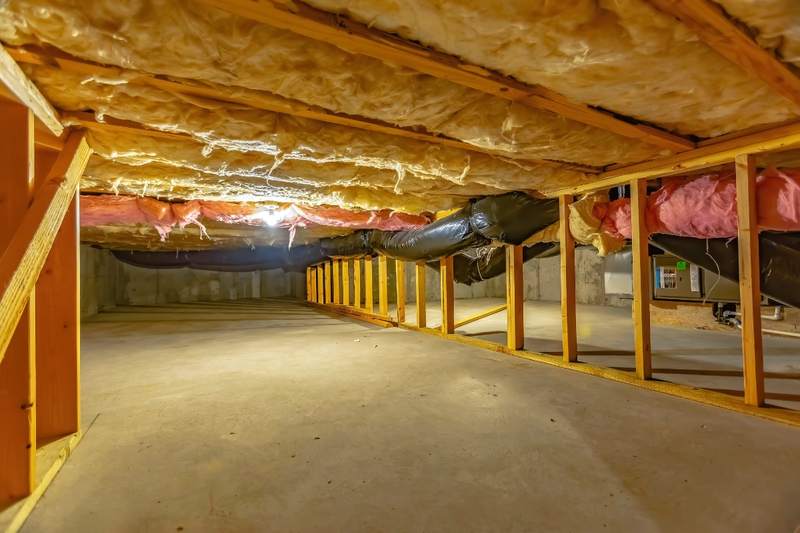
The main difference between 15-year and 30-year mortgages is pretty obvious: You pay off the 15-year mortgage in 15 years, and you repay the 30-year mortgage over a longer period of 30 years.
But that isn’t the only difference. Your loan term also affects your monthly payment, your interest rate, and the total amount of interest you’ll pay over the life of the mortgage.
15-Year vs. 30-Year Mortgage Comparison
When you’re deciding between a 15- and 30-year mortgage, it really comes down to your priorities. Let’s compare the biggest differences side by side:
15- or 30-Year Mortgage: Which Is Best?
| 15-Year Loan Term | 30-Year Loan Term |
| Higher monthly payments | Lower monthly payments |
| Lower overall cost | Higher overall cost |
| Lower interest rates | Higher interest rates |
| Less time spent in debt | More time spent in debt |
So, what do these differences mean for you?
The monthly payments on a 30-year mortgage are lower compared to the payments on a similar 15-year mortgage, because you have more time to repay the loan. A 30-year mortgage can be the safer choice if you want to keep your monthly payments more affordable.
But the interest rates on a 15-year mortgage tend to be better, and there’s less time for interest to accrue, so you’ll likely pay less overall with a 15-year term. If your budget can accommodate higher monthly payments, choosing a 15-year mortgage could help you save money on interest.
Good to know: 30-year and 15-year terms are the most common, but they aren’t the only options out there.
Tips To Save Money On Mortgage Interest
Something to keep in mind is that you don’t have to commit to your loan term, if you qualify for mortgage refinancing down the line. A refinance would repay your original loan using money from a new one, and the new loan should have different terms that better fit your financial situation. So, you could consider starting off with the lower monthly payments on a 30-year mortgage, and refinancing to a 15-year mortgage later if you decide that you can afford to pay more each month.
Another potential option is to pick a 30-year mortgage and make extra payments toward the principal balance when you have the money available, without the pressure of a 15-year term. Doing this helps you finish repaying your loan sooner and cut down on the total amount of interest you’ll pay. Just make sure to find out if your mortgage comes with a prepayment penalty, which is a fee that some lenders charge if you pay off your mortgage ahead of schedule.











